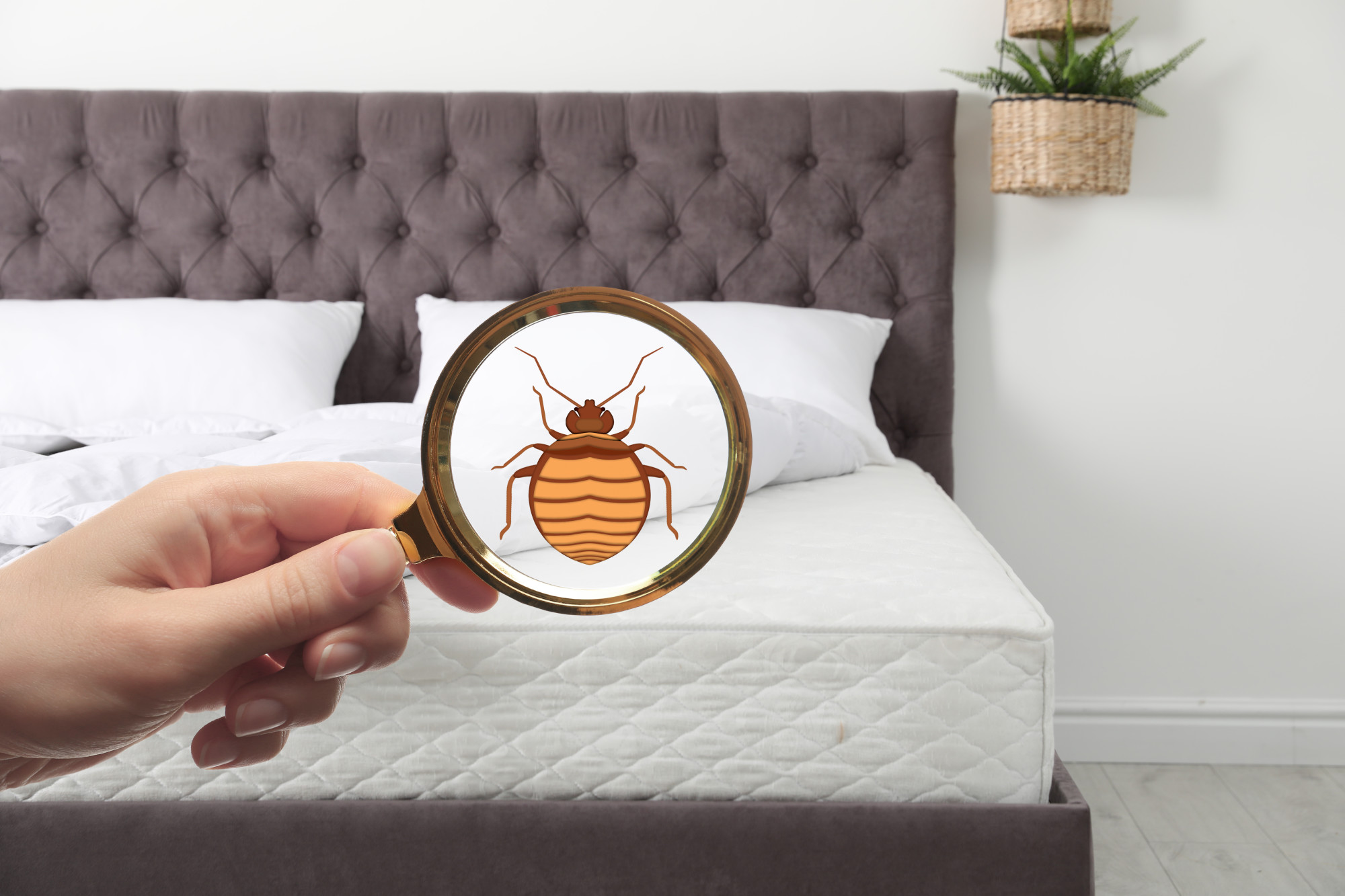You’ve probably heard the saying before: “sleep tight, don’t let the bed bugs bite,” right? While it seems innocent, do you know what to do if bed bugs really start biting?
Unlike other pests, bed bugs aren’t known to spread or transmit disease; however, they can cause other public health issues. As a result, it’s crucial you know how to prevent, spot, and eliminate bed bugs.
To treat bed bugs, you must know how to spot them and tell if there is an infestation. Keep reading to learn about the tell-tale signs you can look out for.
1. Red and Itchy Bites
Most people don’t even think about bed bugs until they have left a mark. If they bite you, they will leave a red, flat welt in small clusters or zigzag lines. They may also leave bites in straight rows.
Even though they don’t spread diseases to humans, the bites are irritating. If you scratch them, it can cause bleeding and infection.
2. Molted Skins and Shells
Another sign of bed bugs is if you notice empty shells.
These are usually found where bed bugs feed and aggregate. They grow with every blood meal they have as they grow to maturity. This is a process called molting.
Every bug will molt up to five times as they grow through the five immature stages. When infestations get bigger, there will be thousands of molted skins, regardless of how long the infestation has been around. The shells look like the actual bug, but they are translucent, and you will find different sizes because of the different life stages.
3. Uncomfortable Nights
Just like the name implies, bed bugs are most commonly found in the bed. The bed is where most people spend the night—logical, right? It also makes sense that bed bugs are most active at night because that’s when they have something to feed on.
As mentioned before, if you notice bites or welts, bed bugs are likely the issue. It’s a good idea to call this bed bug exterminator if these problems arise.
4. Fecal Spots
Liquid waste is another sign of bed bugs, and this will be found wherever they go. Since bed bugs fest on their host’s blood, some believe that fecal spots are the color of blood. This isn’t the case.
Usually, the fecal spotting resembles stains or smears, which are black or dark brown. That’s because they have digested and excreted the blood.
Are You Dealing with an Infestation?
No one wants to deal with a pest infestation, especially bed bugs. If you have noticed any of the issues mentioned here, it may be time to call the professionals for help. The problem is only going to get worse if you don’t take action.
To learn more about pests and other important topics, visit our blog. We update it regularly to keep you informed.











